Home > Our Capabilities | Technology Portfolio > 1. Asymmetric Organocatalysis Technology
Organocatalysts are purely organic molecules composed of carbon, hydrogen, nitrogen, sulfur, and phosphorus. It can function as efficient and selective catalysts for a large variety of stereoselective transformation.
Berkessel, A.; Gröger, H. Asymmetric Organocatalysis: From Biomimetic Concepts to Applications in Asymmetric Synthesis; Wiley-VCH: Weinheim, 2005
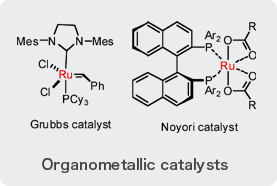 |
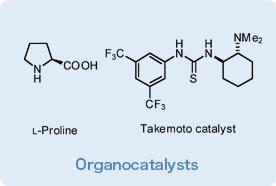 |
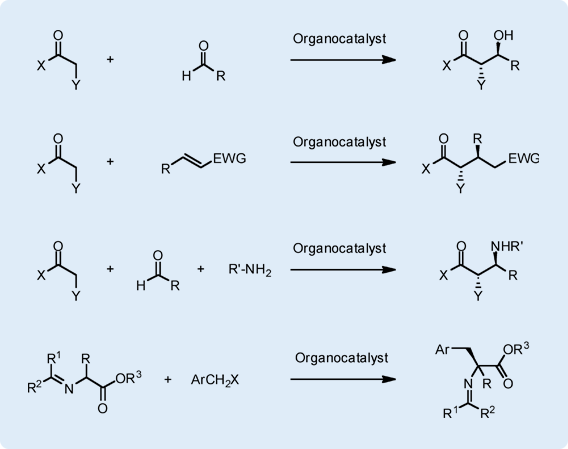
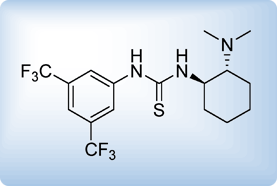 |
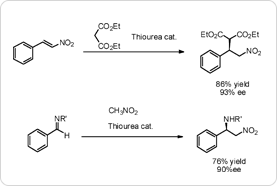 |
Sumitomo Chemical’s Thiourea catalyst (Takemoto’s thiourea)
- is a novel organocatalyst invented by Prof. Takemoto (Kyoto Univ.).
- catalyzes various nucleophilic reactions such as asymmetric Michael addition and aza-Henry reaction with excellent enantioselectivity.
- has already confirmed its effectiveness with wide variety of substrates at Sumitomo Chemical’s laboratory.
- offers an excellent alternative to the synthesis of chiral gamma-amino acids and diamines and alpha amino acids.
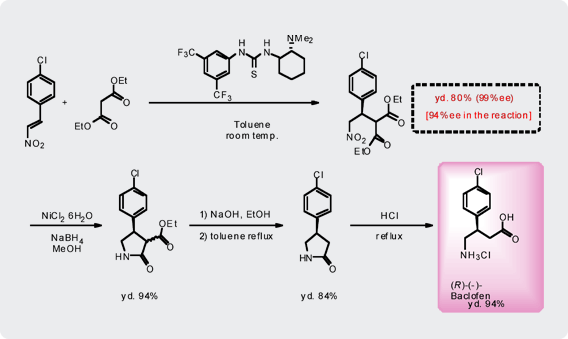
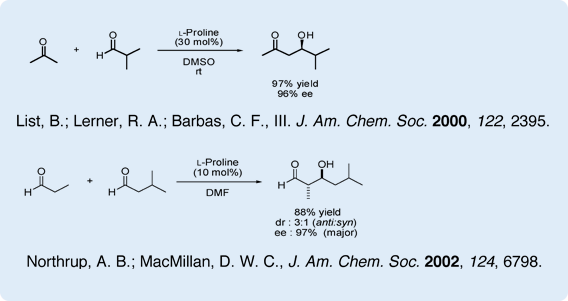
- After this pioneering work, a special team at the Health & Crop Sciences Research Laboratory of Sumitomo Chemical is extensively studying direct aldol reactions catalyzed by organcatalysts.
- This simple but powerful method can offer a short cut to the installation of a chiral center in your development molecules.
- Sumitomo Chemical can offer a reliable development process for the application of organocatalysis to your compounds.

